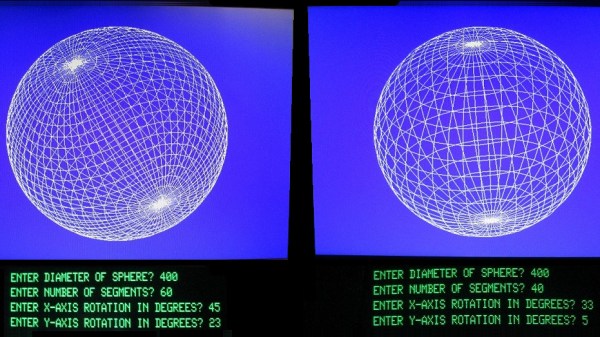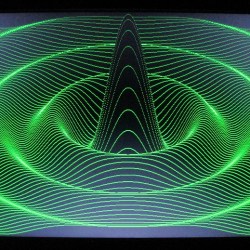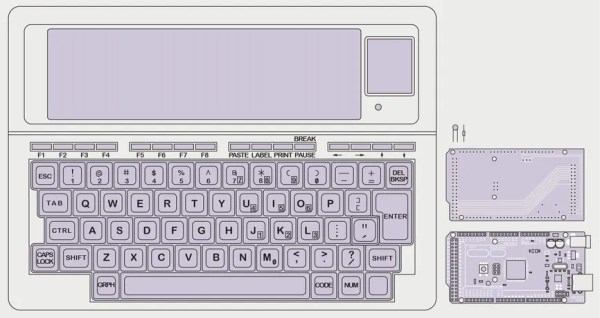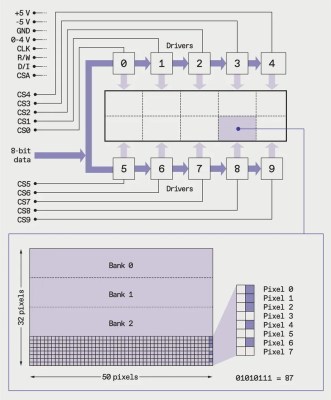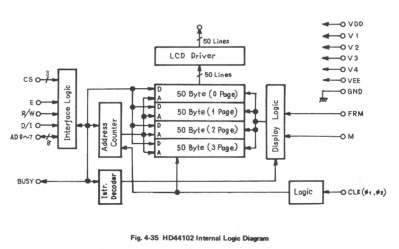The 1970s saw a veritable goldrush to corner the home computer market, with Tandy’s Z80-powered TRS-80 probably one of the most (in)famous entries. Designed from the ground up to be as cheap as possible, the original (Model I) TRS-80 cut all corners management could get away with. The story of the TRS-80 Model I is the subject of a recent video by the [Little Car] YouTube channel.
Having the TRS-80 sold as an assembled computer was not a given, as kits were rather common back then, especially since Tandy’s Radio Shack stores had their roots in selling radio kits and the like, not computer systems. Ultimately the system was built around the lower-end 1.78 MHz Z80 MPU with the rudimentary Level I BASIC (later updated to Level II), though with a memory layout that made running the likes of CP/M impossible. The Model II would be sold later as a dedicated business machine, with the Model III being the actual upgrade to the Model I. You could also absolutely access online services like those of Compuserve on your TRS-80.
While it was appreciated that the TRS-80 (lovingly called the ‘Trash-80’ by some) had a real keyboard instead of a cheap membrane keyboard, the rest of the Model I hardware had plenty of issues, and new FCC regulations meant that the Model III was required as the Model I produced enough EMI to drown out nearby radios. Despite this, the Model I put Tandy on the map of home computers, opened the world of computing to many children and adults, with subsequent Tandy TRS-80 computers being released until 1991 with the Model 4.


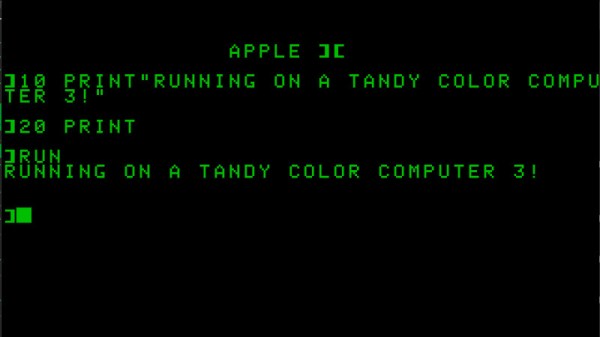
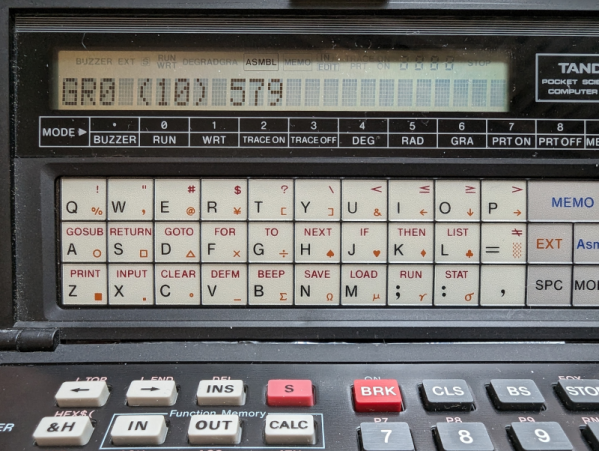

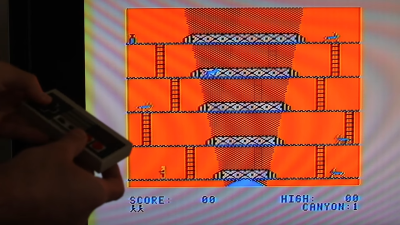 The build relies on an
The build relies on an 